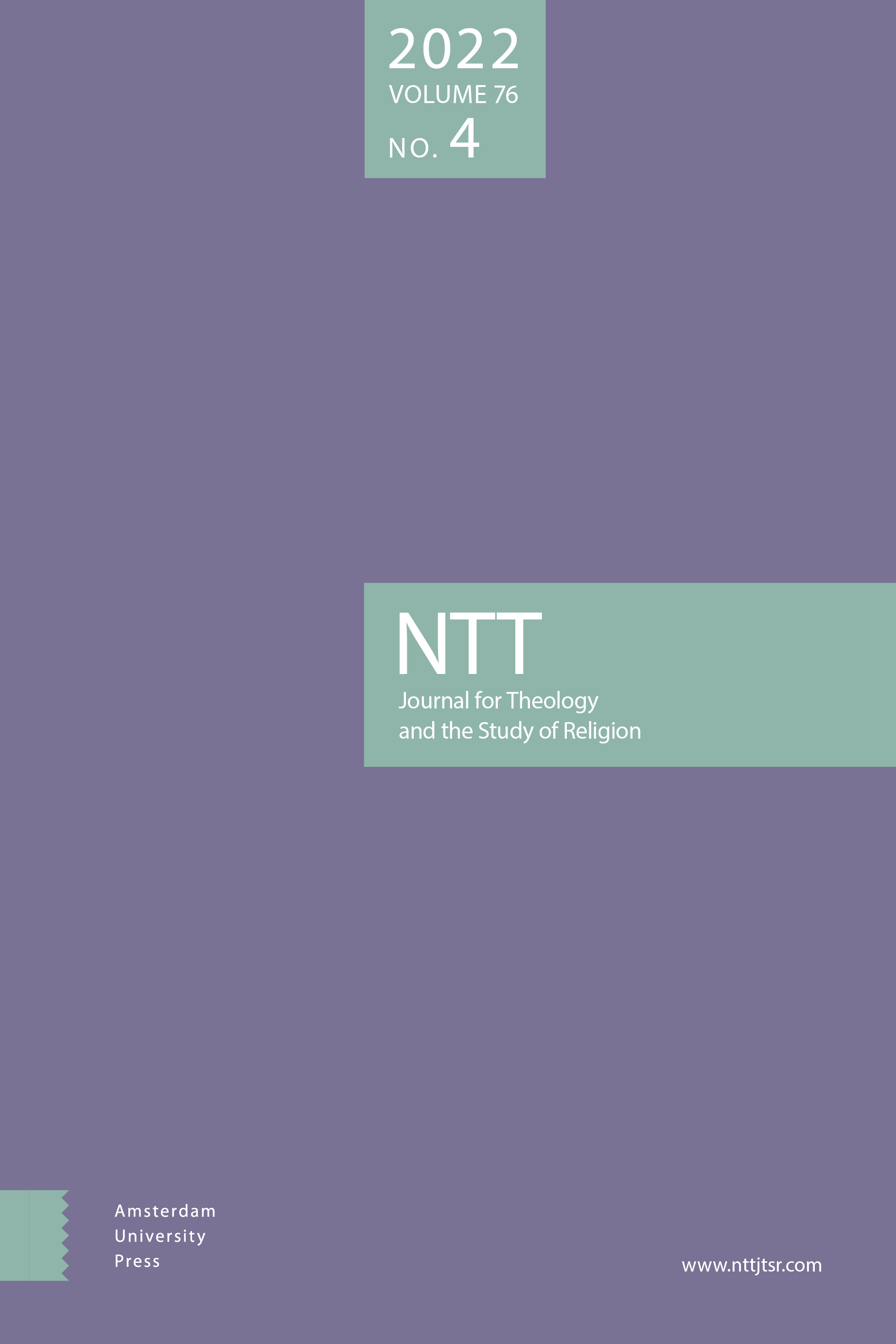-
oa Verlossing door verleiding: Maria Magdalena in preek 33 van Gregorius I
- Amsterdam University Press
- Source: NTT Journal for Theology and the Study of Religion, Volume 76, Issue 4, Dec 2022, p. 303 - 322
-
- 01 Dec 2022
- Previous Article
- Table of Contents
- Next Article
Abstract
De laatantieke paus Gregorius de Grote speelt een belangrijke rol in het discours over de beeldvorming rondom Maria Magdalena in de traditie van het (Westerse) Christendom. In veel, zowel wetenschappelijke als populair-wetenschappelijke, publicaties wordt gesteld dat Gregorius per decreet haar identiteit, met name als op seksueel vlak zondige vrouw, zou hebben vastgelegd. Een centrale bron daarvoor is zijn preek 33 die echter maar weinig geanalyseerd wordt. Tegen de achtergrond van dit discours over deze paus en deze heilige gaat deze bijdrage in een nieuwe analyse van deze preek in op de manier waarop Gregorius met de identiteit van Maria Magdalena omgaat en laat zien dat zowel de opvatting dat hij iets gedecreteerd zou hebben als dat hij Maria’s identiteit primair met zondige seksualiteit in verband brengt onjuist is. Erotiek speelt daarentegen een heel andere, positief geconnoteerde rol in de preek en de in erotische termen beschreven relatie tussen Maria en Jezus is Gregorius’ gehoor, met name ook de mannen erin, tot voorbeeld.


